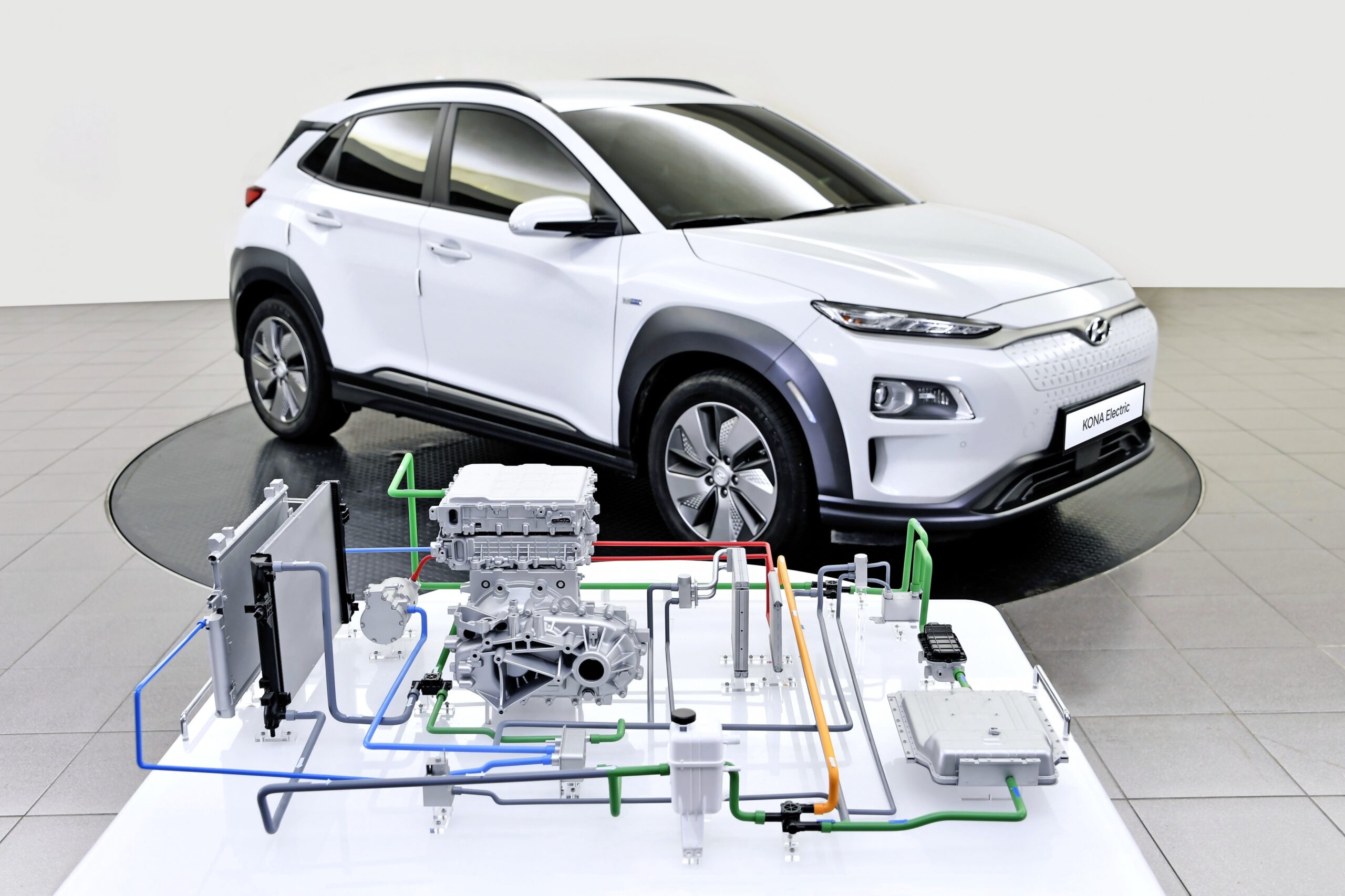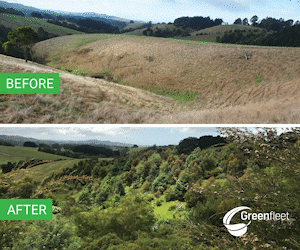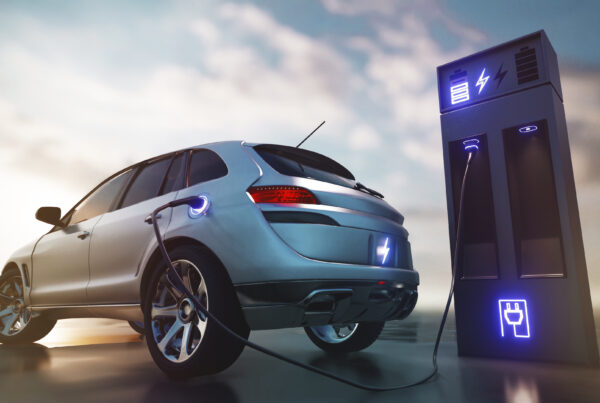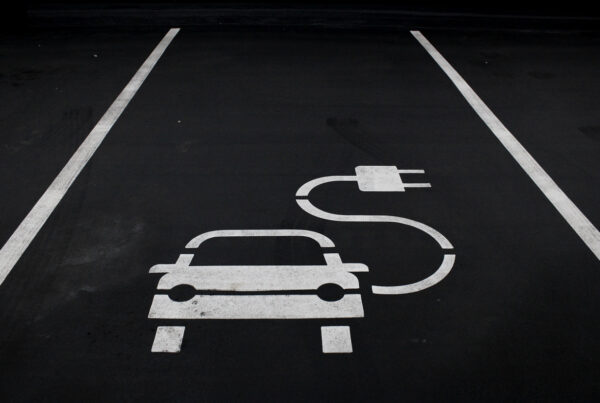Heading into winter, could monitoring the temperature of your EV have the greatest effect on its ultimate range?
That’s the story coming out of Hyundai Motor Company and Kia Motors Corporation who this week announced details of their innovative heat pump system.
Hyundai and Kia’s heat pump is a leading heat management innovation that maximises the distance that Hyundai and Kia EVs can travel on a single charge, scavenging waste heat to warm the cabin.
It enables EV drivers to heat their car’s cabin in cold weather without significantly impacting electric driving range, unlike other EVs.
The technology was first introduced in 2014 on the first-generation Kia Soul EV.
It meant the Soul EV’s 180km electric range was protected in cold weather driving conditions, with the industry-leading heat pump system now developed further for new EVs from Hyundai and Kia.
These innovations mean that Hyundai and Kia EVs offer more consistent range in temperatures where other EVs start to see a significant decline in the distance possible from a single charge.
The Norwegian Automotive Federation (NAF) recently compared 20 EVs in cold and warm weather conditions to identify models with the most consistent driving range and charging performance.
The Kona Electric took first place, travelling 405km in the cold – compared to the 449km quoted under WLTP combined cycle testing conditions (23°C / 73°F).
In severe cold weather, the Kona Electric offered 91 percent of its WLTP combined cycle range, deviating just 9 percent from its claimed all-electric driving range.
Hyundai Motor aims to sell 670,000 battery EVs and FCEVs (fuel cell electric vehicles) annually and become a top-three EV manufacturer under its ‘Strategy 2025’ plan.
Kia’s mid- to long-term strategy, dubbed ‘Plan S’, will see the brand’s line-up grow to 11 EVs over the same timeframe.



















